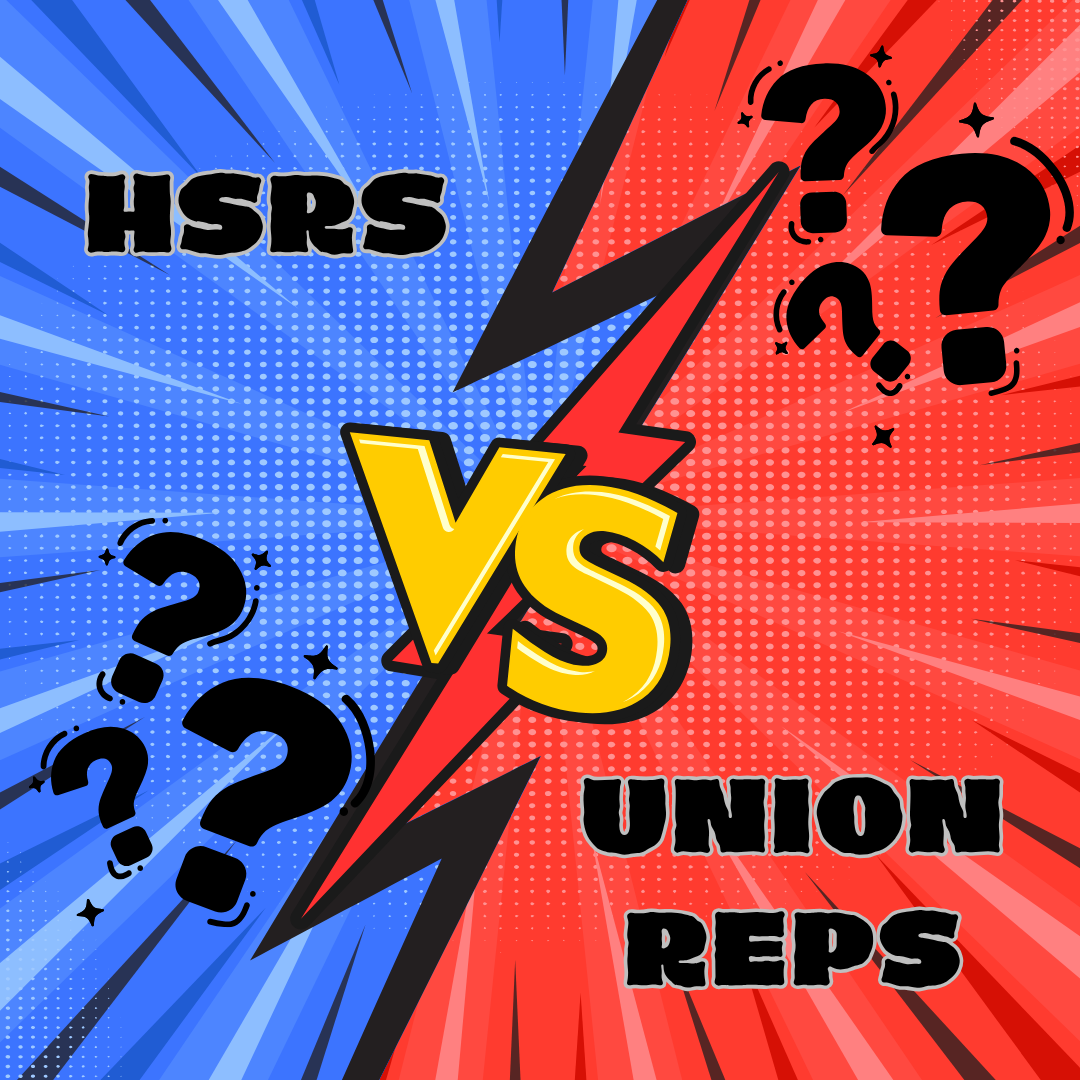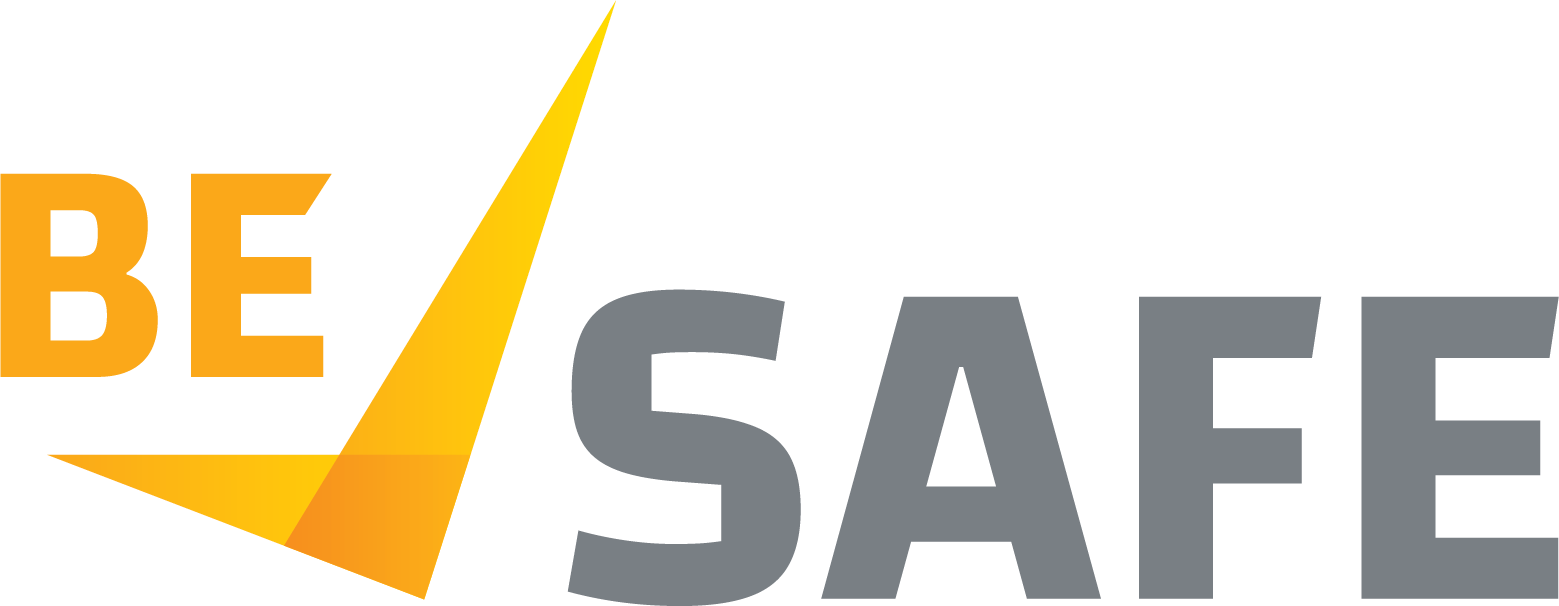10 Pathways to Death and Disaster
Michael Quinlan’s book ‘Ten Pathways to Death and Disaster’ includes a review of fatal mine incidents. What he found was that the each disaster was preceded by common causes. There are 10 recurring reasons why disasters happen in the workplace.
He describes 10 pathways:
Pathway 1: engineering, design and maintenance flaws
Pathway 2: failure to heed warning signs
Pathway 3: flaws in risk assessment
Pathway 4: flaws in management systems
Pathway 5: flaws in system auditing
Pathway 6: economic or reward pressures compromising safety
Pathway 7: failures in regulatory oversight
Pathway 8: worker or supervisor concerns that were ignored
Pathway 9: poor worker or management communication and trust
Pathway 10: flaws in emergency and rescue procedures
In most cases, at least 3 of these pathways will be present. However, some cases will have features of all 10.
The 10 pathways don’t just apply to mine incidents – they have been applied across other high hazard workplaces and have found to be equally relevant across industries.
Ultimately, this shows that death and disaster in the workplace is predictable and preventable – so why do major industries continue to kill in the same old ways?
If the 10 Pathways approach defines the issues which lead to major incidents, then why aren’t these being used to prevent such events?
In other jurisdictions, the 10 Pathways Theory has been used to inform prevention. Perhaps it is something which regulators, employers, and also HSR’s could consider when thinking about how to prevent death and injury in Victorian Workplaces.
Ten Pathways to Death and Disaster eBook - The Federation Press




